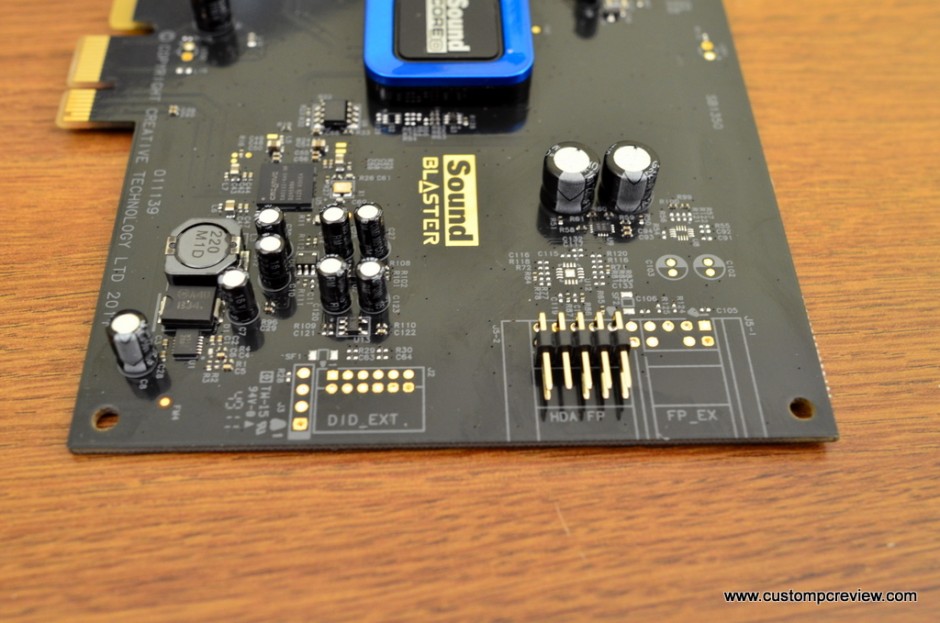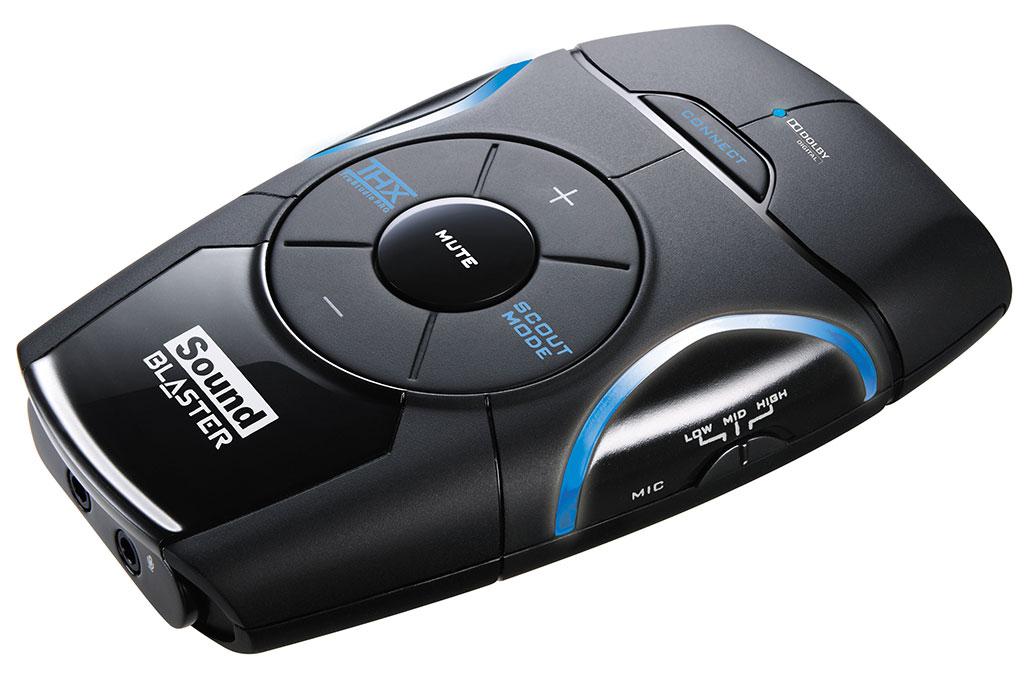


- #Sound blaster recon 3d port drivers
- #Sound blaster recon 3d port full
- #Sound blaster recon 3d port pro
- #Sound blaster recon 3d port software
When it finds available resources it prints them out and the BLASTER variable is set.

The pragmatic approach is to call CTCM.EXE from the command line. On success it leaves the card configured, writes the current configuration back to CTPNP.CFG and sets the BLASTER environment variable. If resources are conflicting with other devices CTCM tries different settings. (if CTCM is not set then it uses C:\) It reads the configuration profile from CTPNP.CFG and tries to set the card to this resources. When CTCM.EXE is run it looks in the path set in the CTCM environment variable after the file CTPNP.CFG. There is also a text file with the name CTPNP.CFG where resource settings are contained.

#Sound blaster recon 3d port drivers
When you download the DOS drivers for PnP Sound Blasters you will find the two tools CTCM.EXE and CTCU.EXE. The configuration works slightly different here.
#Sound blaster recon 3d port full
Regarding the full configuration three types of Sound Blaster cards have to be considered: Note that H and P do not appear for earlier Sound Blasters.įor a Sound Blaster AWE32 the line would like like this: With the 16 bit DMA set to 1 (also called High DMA) and external MIDI port at 330. a printer resulted in noise output.įor a Sound Blaster 16 a typical variable setting looks like this: For later Sound Blasters it was changed to IRQ 5 as 7 is also default for the LPT1 parallel port. For Sound Blaster 1.x the default IRQ is 7. This implies of course that the card is actually jumpered to Port 220, IRQ 5 and DMA 1. A typical environment variable setting looks like this:įor a Sound Blaster 2.x.
#Sound blaster recon 3d port pro
On early Sound Blasters until Pro 2 all resources are set by jumpers. Some applications read just the port address from the BLASTER variable and determine the IRQ and DMA by auto detection.
#Sound blaster recon 3d port software
When software uses Sound Blaster cards in DOS it usually reads resource information from the BLASTERĮnvironment variable.


 0 kommentar(er)
0 kommentar(er)
